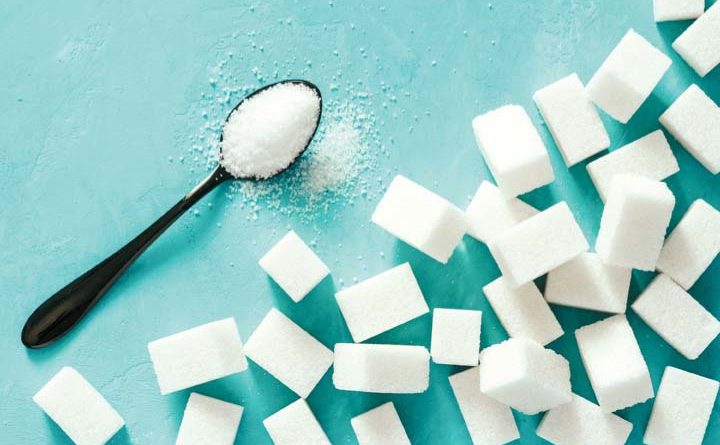HEALTH-FOOD: MANILA – Sugar does not cause Diabetes!
No, eating too much sugar does not cause diabetes mellitus. This notion is the most common myth about diabetes mellitus and it is anchored on the logic that since blood sugar levels are high in diabetes, it follows that eating sugar triggers the disease.
THE ROOT CAUSES OF DIABETES
The underlying cause of diabetes mellitus is the failure of the pancreas to produce enough insulin and/or inability of the cells of the body to respond appropriately to insulin—the hormone that allows glucose or sugar in blood to enter the cells. Glucose is the chief energy source of cells, hence in diabetes sugar accumulates in blood because it is unable to enter the cells while the cells literally starve. A persistently high blood sugar level is therefore the result, not the cause, of diabetes.
There are two forms of diabetes mellitus, type 1 and type 2. Diabetes type 1 is an autoimmune disease where the body’s immune system goes awry and destroys the cells that produce insulin in the pancreas. On the other hand, diabetes type 2—which accounts for about 90 to 95 percent of diabetes cases—results from the interaction of various factors, the most important of which are genetics, overweight, and sedentary lifestyle. Thus, although excess sugar intake does not directly cause diabetes, it can indirectly trigger type 2 diabetes because it can result in obesity, which is one of the major risk factors for the disease.
SUGAR DOES NOT CAUSE DIABETES BUT ADDED SUGAR IS STILL DETRIMENTAL TO HEALTH
Dietary sugar can be classified into two kinds: natural sugar and added sugar. Natural sugar refers to sugar that is present in foodstuff such as fresh fruits and milk. It is a safe and healthy source of calories, but it can likewise become a health concern when taken in excessive amount because any excess calorie from whatever source can lead to weight gain and obesity. Added sugar, on the other hand, refers to sugar that is added to foods or beverages when they are processed or prepared. Common sources of added sugar include regular soft drinks, energy drinks, and sports drinks, candy, cakes, cookies, pies, sweet rolls, pastries, donuts, fruit drinks, and ice cream.
Added sugar is evidently detrimental to health—scientific studies show that it increases mortality from cardiovascular diseases when its intake surpasses 15 percent of daily calories in a 2000- calorie diet. The health risk from added sugar rises exponentially with increased intake of the stuff peaking with a four-fold increased risk of death from cardiovascular disease for people who obtain a third or more of their daily calories from added sugar.
The existing body of evidence on the adverse health effects of excess sugar has led to a growing trend among experts to regard added sugar overconsumption as an independent risk factor for cardiovascular disease and other chronic diseases. It has likewise given birth to a campaign by concerned consumers for governments to impose restrictions on the use of sugar in foods and beverages. At present, sugar is considered a generally safe food commodity. Hence, unlike sodium (salt), transfat and other dietary additives where limits are imposed by governments, manufacturers are free to add as much sugar as they want to their products.
HOW MUCH ADDED SUGAR CAN A PERSON SAFELY CONSUME PER DAY?
The American Heart Association recommends no more than 25 g/day or 100 calories of added sugar for women and 38 g/day or about 150 calories for men. These figures represent five percent and 7.5 percent, respectively, of a 2000-calorie daily diet.
In other words, it is safe for women to take up to six teaspoons of added sugar per day and for men up to nine teaspoons, which may seem a lot unless you know that the average can of sugar-sweetened soft drink or fruit juice provides about 150 calories from added sugar, equivalent to 10 teaspoons of table sugar, and that a cup of vanilla ice cream delivers about 110 calories (more than seven teaspoons) from sugar.
HOW DO YOU FIND OUT HOW MUCH ADDED SUGAR IS IN A FOODSTUFF?
There is one foolproof way, read the label!
Email inquiries on health matters to: [email protected]
By Eduardo Gonzales, MD / All photographs, news, editorials, opinions, information, data, others have been taken from the Internet ..aseanews.net | [email protected] | For comments, Email to : Al Bulario | [email protected] | Contributor |










